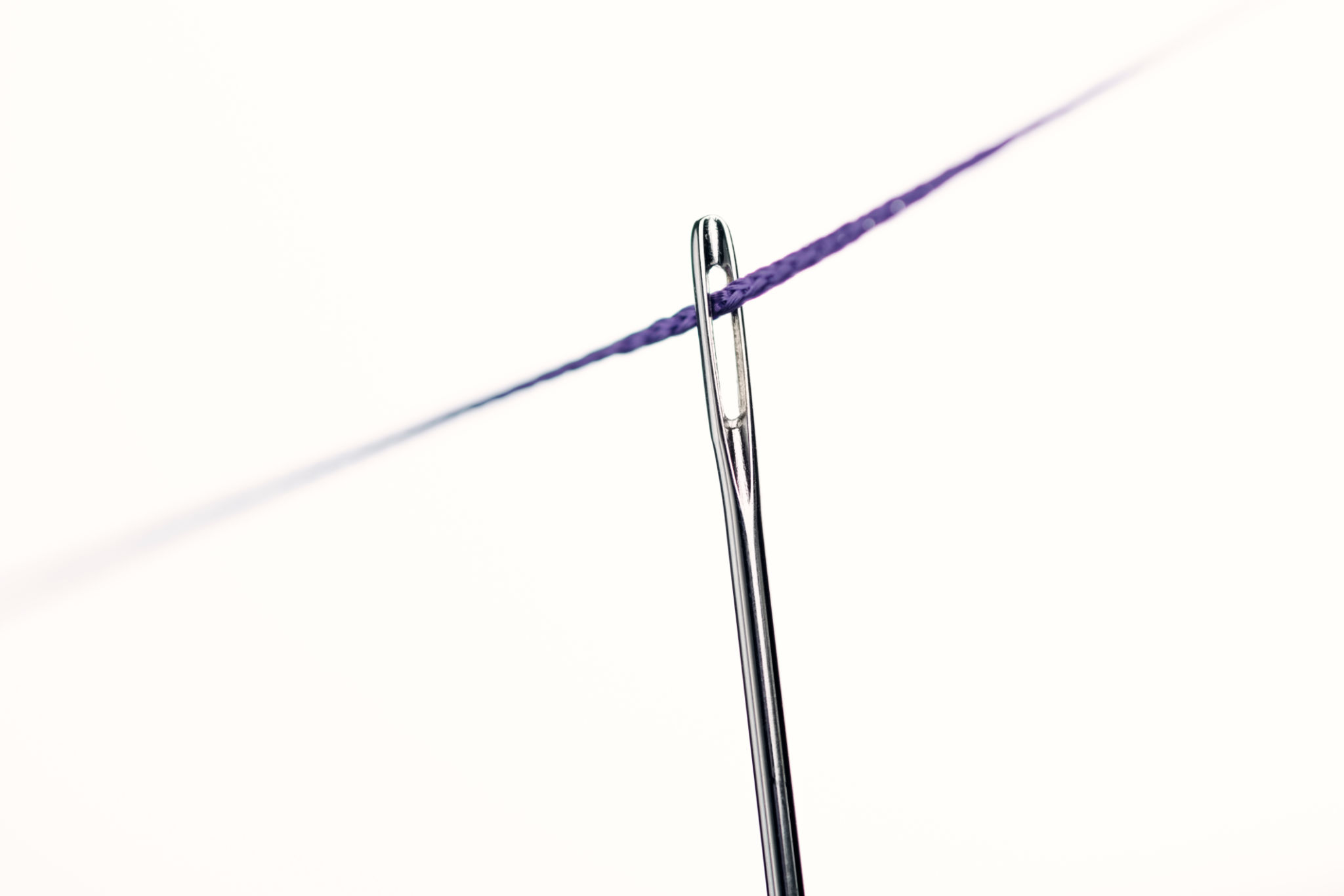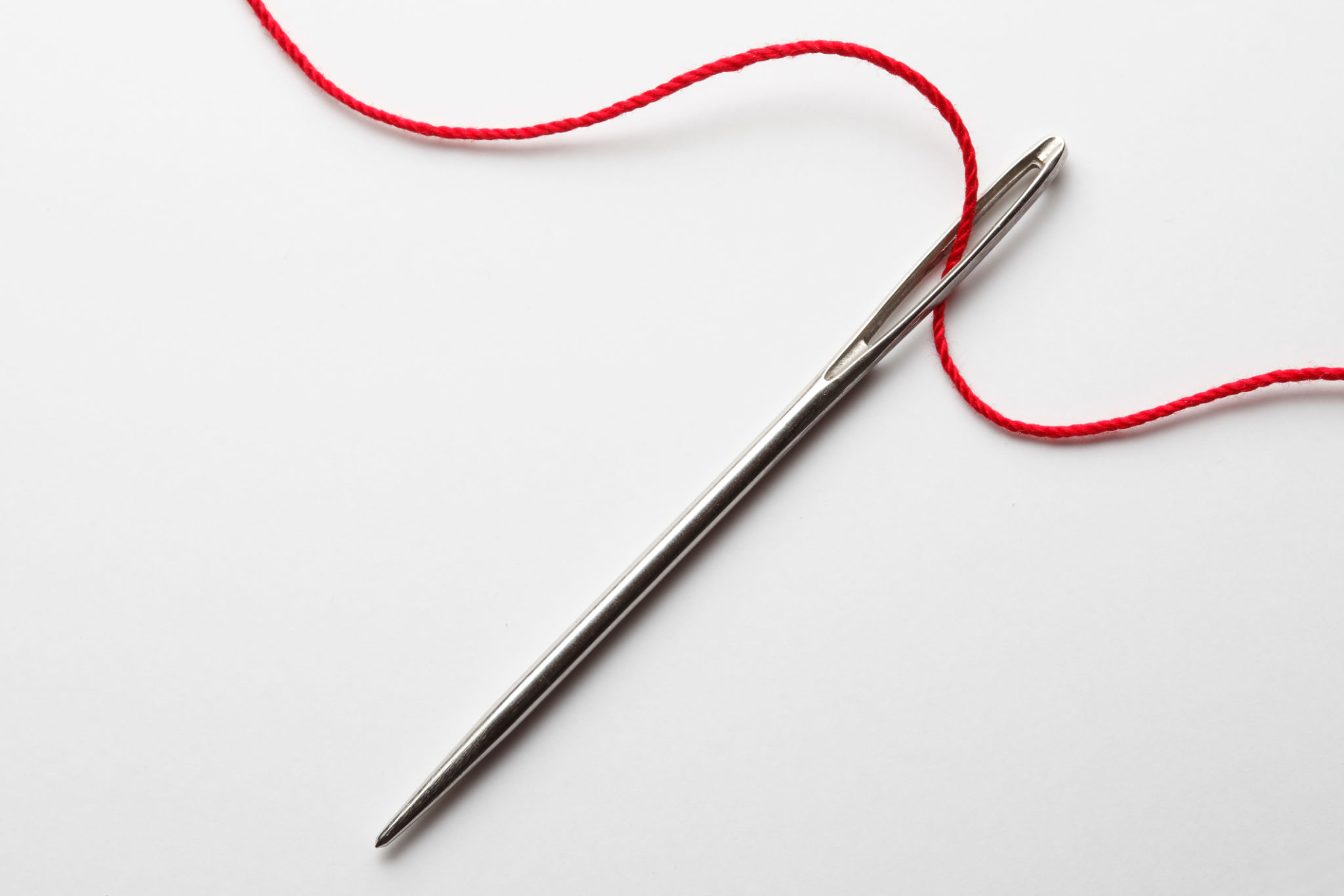Choosing the Right Sewing Needle for Your Fabric
BV
Understanding the Importance of Choosing the Right Needle
Sewing is an art that requires precision and attention to detail. One crucial element that often goes overlooked is the sewing needle. Using the right needle for your fabric can make a significant difference in the quality of your work. A mismatched needle can cause damage to both the needle and the material, resulting in uneven stitches or even ruining the fabric.
Before diving into your sewing project, take a moment to consider the type of fabric you're working with. Each fabric has unique characteristics, and understanding these can guide you in selecting the appropriate needle.

Types of Sewing Needles
Universal Needles
Universal needles are versatile and suitable for most woven fabrics. They have a slightly rounded point, which allows them to glide through the fabric without causing damage. If you're working with a basic cotton or a simple blend, a universal needle will likely serve you well.
Ballpoint Needles
For knit fabrics, ballpoint needles are ideal. They have a rounded point that pushes the fabric fibers apart rather than cutting through them, preventing snags or runs. This makes them perfect for jersey, interlock, and other knit materials.

Sharp Needles
Sharp needles, as the name suggests, come with a fine point that pierces through tightly woven fabrics like silk, microfiber, or taffeta. These needles provide precise stitching and prevent puckering in delicate materials.

Specialty Needles for Unique Projects
In addition to standard needles, there are specialty options designed for specific purposes. For instance, quilting needles are designed to handle multiple layers of fabric and batting, while embroidery needles have a larger eye to accommodate thicker embroidery threads. Twin needles allow for parallel stitching, often used in hems and decorative work.
Using the right specialty needle can greatly enhance your project's appearance and durability. It's worthwhile to invest in a range of needles if you frequently take on diverse sewing projects.
Caring for Your Needles
A well-maintained needle not only ensures smooth sewing but also prolongs the life of your machine. Regularly changing your needle is crucial—experts recommend doing so after every 8 to 10 hours of sewing. This helps prevent dullness that can lead to skipped stitches or fabric damage.

Additionally, storing your needles properly in a dedicated case or organizer will prevent them from getting bent or damaged. Always dispose of old or broken needles safely to avoid any injury.
Conclusion: The Key to Seamless Sewing
Choosing the right sewing needle is an essential step in any project, as it directly impacts the quality and finish of your work. By understanding the types of needles available and their specific uses, you can ensure that your sewing endeavors are both successful and enjoyable. Remember, investing time in selecting the appropriate needle is just as important as choosing your fabric and thread.